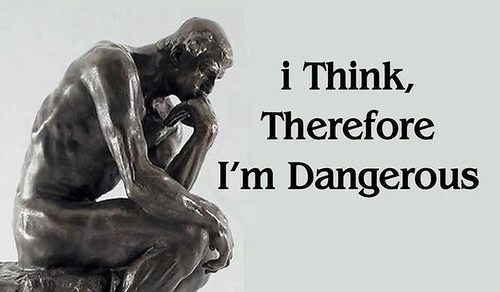
“I feel like a new man. … I feel like I learned something important,” one high school student told the audience at the Fieldhouse last Friday. He was responding to the presentations at the 2018 Race and Pedagogy Youth Summit.
The Youth Summit has been an installment in the Race and Pedagogy Conference since 2010. The theme of this year’s summit was “Histories of Power, Expressions of Resistance, and New Actions for Justice.” Over 500 students came from Wilson, Auburn and Todd Beamer High Schools and many more high schools and middle schools were represented as well.
The event contained many musical performances. Students and staff of the Chief Leschi schools sang a welcoming song. Tacoma Refugee Choir Director Erin Guinup led a group song. The audience stood and sang together: “The people have the power / The power to make a change / Now is the hour / Don’t let it go to waste.” 17-year-old Tacoma musician J-Lew performed as well.
The next event was the performance of “Hands Up: Monologues in the Wake of Police Shootings.” The audience listened to monologues about racially motivated police brutality. The first speaker talked about one man’s experience in changing his demeanor to not be targeted. The second speaker asked the audience to keep their hands raised up throughout the duration of the speech. He also led the call and response “Hands up, don’t shoot,” which emerged following the police shooting of Mike Brown.
“Time and time again, keeping our hands held up high hasn’t gotten us treated how humans should be treated,” the second speaker said.
At the end of the monologues, the audience was invited to text in how they felt after seeing the performances. A word cloud was projected and updated in real-time as the audience sent in their responses. The cloud included words such as “empowered,” “awakened,” “shook,” “drained,” “anger,” “empathy,” “clarity,” “guilty,” “enraged” and many more. A microphone was also passed around for students to share their responses to the monologues. Students said that they felt emotional and impacted.
After lunch, activist Zyahna Bryant spoke on ways to support anti-racist movements. Bryant has received media attention for her activism in recent years, especially regarding the violence in Charlottesville.
As a high school freshman, Bryant wrote the petition calling to rename Lee Park and remove a statue of its Confederate namesake. The City Council voted to remove the statue in spring of 2017. In the summer of 2017, hundreds of “alt-righters” took part in a rally to protest the removal of the statues. The rally turned violent, resulting in the death of counter-protester Heather Heyer.
At the Summit, Bryant encouraged the audience to get involved in community organizing. She emphasized that public protest was not the only way to do this.
The second part of the event broke the audience into groups for discussion and art. Some groups discussed questions with Youth Summit leaders. They talked about questions such as, “What does injustice mean to you?” or “Think about something that has made a great impression on you — anything that brought out strong thoughts or feelings.”
Community members led discussions for the other groups. Norma Ramirez, a local citizen and retired public school teacher who worked specifically with immigrant families, led one group discussion. She shared her experiences of understanding her racial identity growing up, and asked the students how they had seen racism in their lives.
These groups included students from a variety of high schools and middle schools, allowing for multiple perspectives to be heard. These students listened to community members’ stories of injustice and shared their own experiences of seeing racism and prejudice in their schools and daily lives.
Other students worked in groups led by University of Puget Sound art facilitators to create a collaborative painting project. Each group worked on individual sections of a painting that was put together in the end, pictured to the left.
Overall, the Youth Summit seemed to impact many of the students who attended. They listened to accounts of racism and injustice and were invited to share their own stories. Throughout the Summit, students were invited to respond to racial injustice critically and creatively and to express their experiences in different ways.


